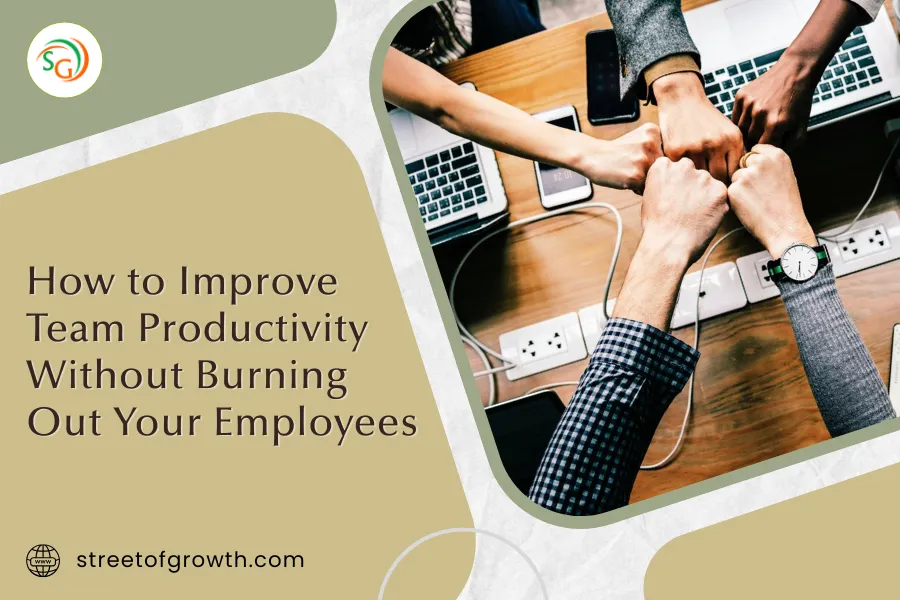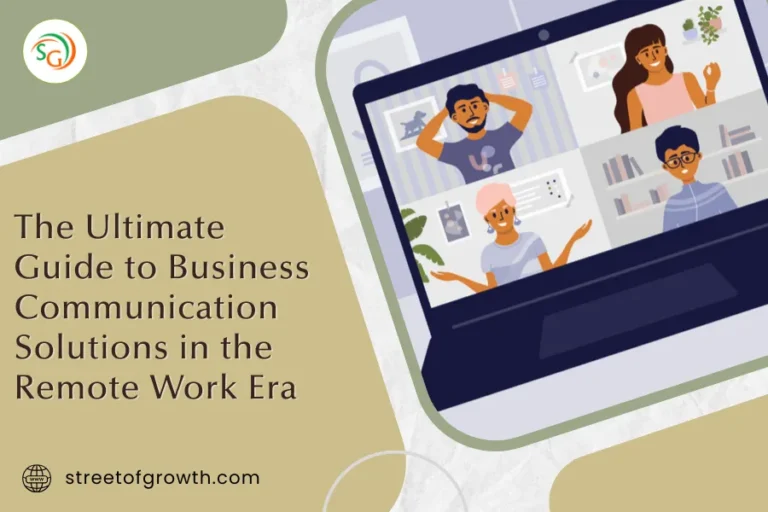How to Improve Team Productivity Without Burning Out Your Employees
Burnout isn’t just about long hours or tough deadlines. It’s a workplace issue, not a personal failure. It often comes from lack of control, unclear roles, constant stress, or feeling unappreciated. When teams are pushed to keep producing without support or balance, they eventually hit a wall. That wall is burnout. And once it happens, productivity drops fast.
To prevent this, companies need to stop treating burnout like a side issue. It must be tackled at the root—by changing how teams work, rest, and recover.
Spotting the Early Signs of Burnout
Catching burnout early can save time, money, and most importantly, people. Look for clues in how your team behaves and talks. If someone who used to be energetic now seems withdrawn or irritable, it might be more than just a bad day.
Other warning signs include:
- Constant tiredness, even after rest
- Missing deadlines or being less focused
- Getting easily frustrated or emotional
- Talking about work with negativity or dread
As a leader, it’s your job to check in regularly, not just about tasks, but about how people are feeling. A short, honest one-on-one conversation can reveal a lot.
Building a Supportive Team Culture
Productivity thrives in places where people feel safe and respected. When team members know they can ask for help without being judged, they’re more likely to speak up before burnout hits.
To build a supportive environment:
- Encourage open communication
- Celebrate small wins together
- Let people know it’s okay to not be okay
Support also means fairness. If one person is doing more than their share all the time, it creates tension. Make sure workloads are balanced and expectations are clear.
Setting Healthy Work Boundaries
Working late every night or answering emails on weekends isn’t a sign of dedication, it’s a recipe for burnout. Leaders must set the example by respecting boundaries and encouraging others to do the same.
Try these simple shifts:
- No-meeting blocks during the day
- Clear start and end times for work
- “Quiet hours” for deep focus without interruptions
Flexible schedules also help. Not everyone works best from 9 to 5. Letting people manage their time, within reason can lead to better results and happier employees.
Aligning Workload with Capacity
Every team has a limit. When managers push past that, they risk losing the people they depend on most. Just because someone can do extra doesn’t mean they should do it all the time. Global data from the Gallup State of the Global Workplace Report reveals that overworked employees are less engaged and more likely to leave.
Use weekly check-ins to ask:
- Do you feel overwhelmed?
- Is anything taking more time than expected?
- Are there tasks we can delay or delegate?
Prioritize projects that matter most. Sometimes, saying “no” to one thing means saying “yes” to better performance overall.
Promoting Mental Resilience and Recovery
Mental strength isn’t about pushing harder. It’s about knowing how to rest, reflect, and bounce back. Help your team build resilience by creating space for small mental breaks and emotional check-ins.
You can:
- Start meetings with a “mood check” or gratitude moment
- Encourage 5-minute screen breaks every hour
- Share resources like mindfulness apps or short videos on stress relief
Some companies even offer “mental health days” separate from sick leave. It shows employees their well-being really matters, not just their output.
Encouraging Purpose Over Pressure
People want to feel that their work matters. When tasks feel meaningless or disconnected from a bigger goal, motivation fades. Instead of pressuring teams to move faster, show them why their work counts.
How to do this:
- Connect daily tasks to team or company goals
- Share customer feedback or success stories
- Let team members lead parts of a project
Purpose fuels passion. And a passionate team is far more productive than a pressured one.
Making Feedback a Two-Way Street
Feedback shouldn’t only flow downward. Great leaders invite feedback just as much as they give it. This helps uncover hidden problems, including signs of burnout that might not be obvious from the surface.
You can use:
- Weekly “pulse” surveys with 3–5 questions
- Anonymous suggestion boxes
- Monthly open forums or team huddles
When people know their voice matters, they’re more engaged and more likely to stay well.
Creating Space for Personal Growth
Growth isn’t only about promotions. It’s about learning, trying new things, and feeling challenged in a good way. Offering team members chances to grow can reduce boredom and prevent mental fatigue.
Ideas include:
- Role rotation within a team
- Assigning mini-projects to explore new skills
- Providing access to online learning tools or training days
Even 1 hour a week spent on personal development can re-energize someone who feels stuck.
Final Thoughts: Sustainable Productivity Starts with People
Boosting productivity isn’t about working harder, it’s about working smarter and healthier. When teams feel safe, supported, and seen, they naturally do their best work. Burnout happens when people are treated like machines, not humans. But the good news is: it’s preventable.
As a leader, your role is not just to drive results, it’s to create a system where results happen without harming the people behind them.
What You Can Start Doing Today
Here’s a quick checklist you can implement right away:
✅ Schedule short weekly one-on-one check-ins
✅ Block focus hours on the team calendar
✅ Normalize taking real breaks
✅ Ask team members about their workload capacity
✅ Review tasks to make sure they match energy levels
✅ Encourage open feedback and emotional honesty
✅ Let people control how and when they do their best work
✅ Remind your team why their work matters
None of this requires huge budgets or complicated tools. Just consistent leadership, honest conversations, and a focus on well-being as a success metric.
The Long-Term Payoff
When burnout is prevented, the benefits go far beyond productivity:
- Employees stay longer
- Team morale stays high
- Creativity and innovation increase
- Fewer sick days and less turnover
- Leaders build trust and loyalty
In short, you don’t have to choose between well-being and performance. When done right, they go hand in hand.





2 Comments